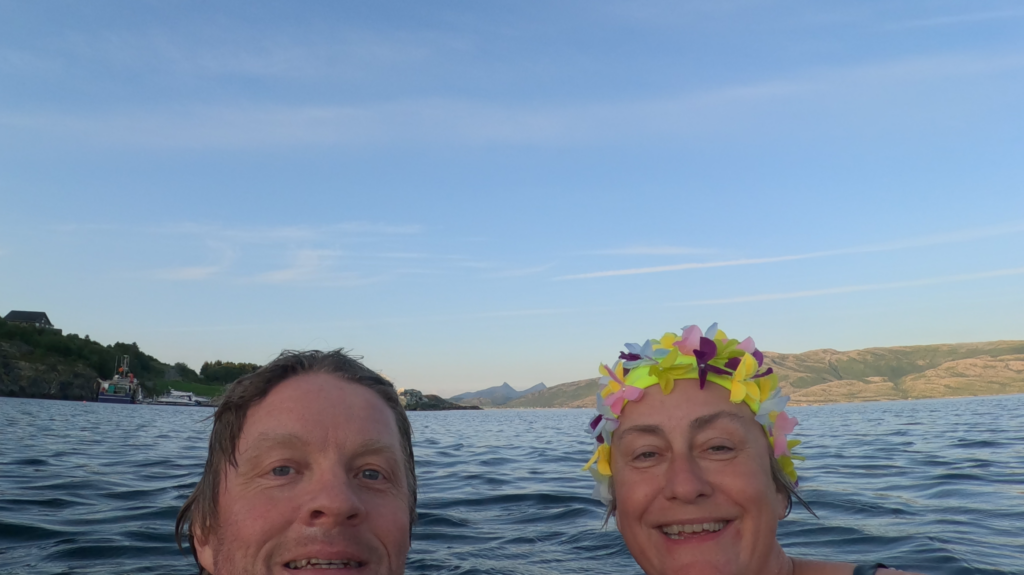In the far northwest of Trøndelag lies one of Norway’s smallest municipalities: Leka. It is well worth a visit!
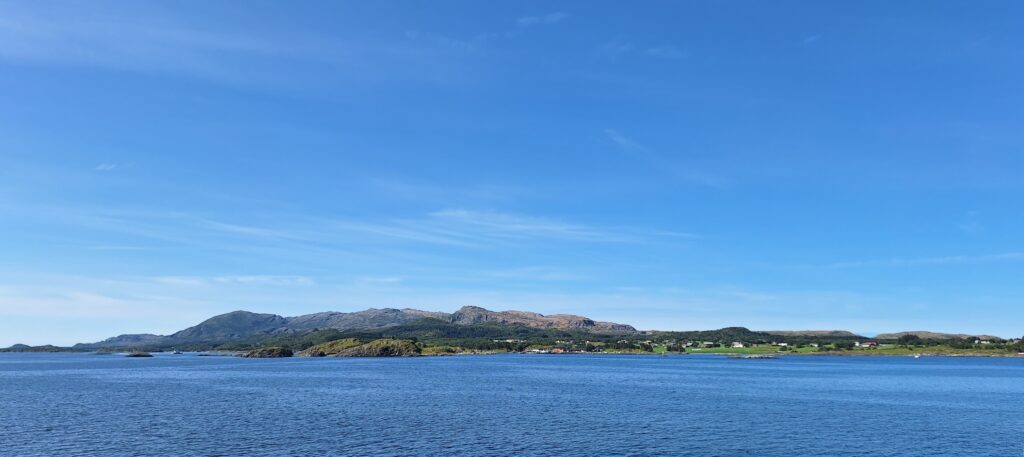
The story of Leka started 500 million years ago, when the American continental plate (Laurentia) and the European one (Baltica) drifted against each other. In the collision, the ocean floor plate Laurentia was pushed under Baltica, but a piece came loose and was turned on its side. This piece is today Leka! 60 million years ago the plates began to drift apart again. A rift arose between what later became the Atlantic Ocean and the Mid-Atlantic ridge. However, the rifting occurred west of Leka, and therefore we have an island in Trøndelag that actually belongs to the American continental plate. Let’s hope they don’t ask to get it back!
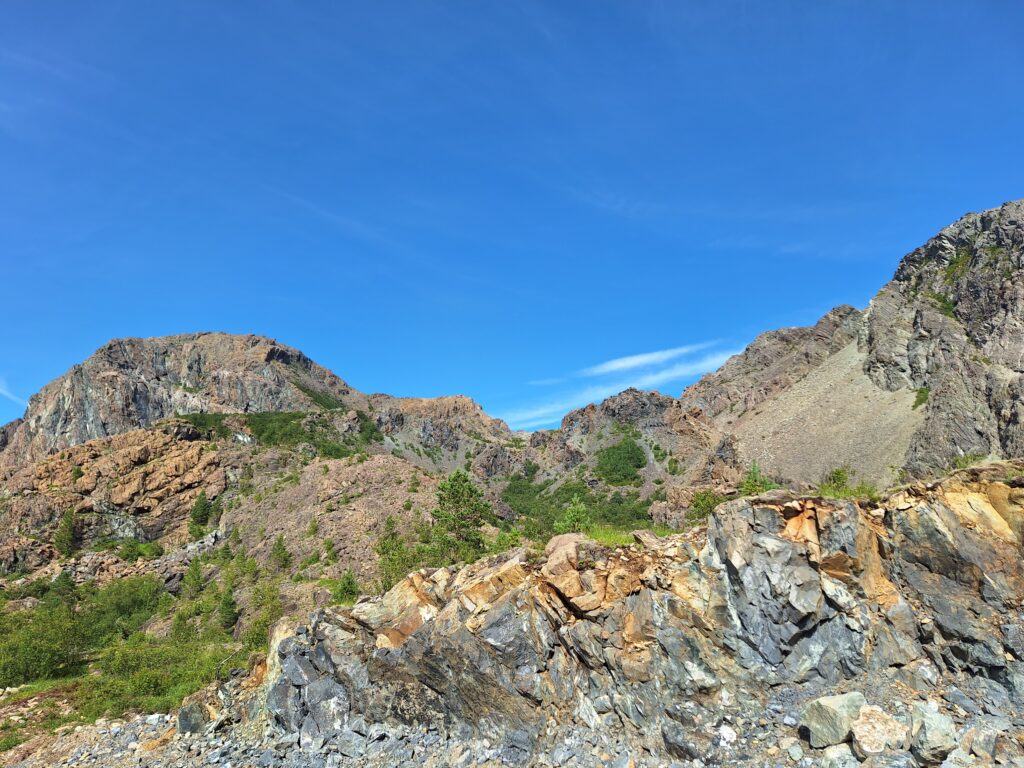
The yellow-red mountains on the west side of Leka were a mystery for a long time, but in the 60’s researchers found the explanation. The island consists of all the layers from the old seabed crust, turned 90 degrees. Here the layers are so thin that by walking for a few hours you should be able to see all the layers from 7 km down into the mantle to the top of the former seabed. The beautiful colors come from serpentinite and olivine. Fascinating! And this natural ‘exhibition’ of all the rocks (a complete ophiolite complex) is the reason why Leka was chosen as ‘Norway’s Geological National Monument‘ in 2010.
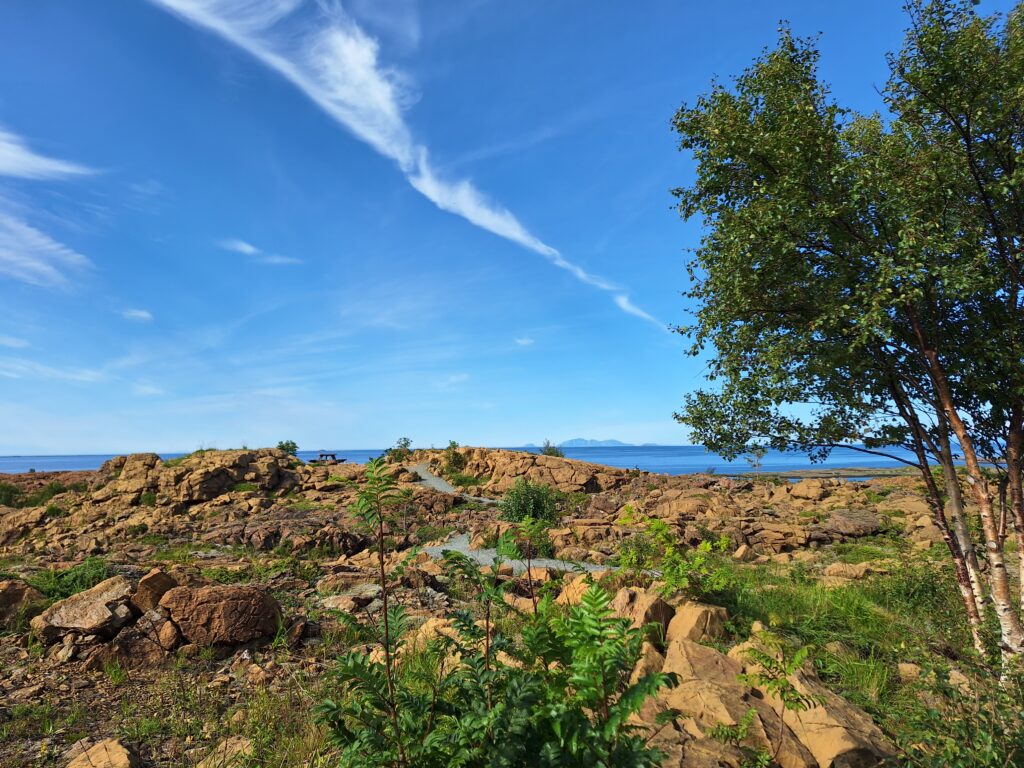
The name Leka is uncertainly explained, but may come from ‘to leak’, i.e. from the streams on the island. The municipal coat of arms pictures an eagle’s claw and refers to a well known eagle catch, which took place in June 1932. Svanhild, aged 3 ½, disappeared while playing, and over a hundred persons were involved searching for her. In the evening, Jentoft Svendsen, Leif Andersen and Karl Haug climbed up to an eagle’s nest, as they had noticed that the eagle was behaving differently than usual. To get up, Jentoft had to stand on the shoulders of the others, and just below the nest he found Svanhild with her dress torn but otherwise in good condition. They were sure that the girl could not possibly have climbed there on her own. On the other hand, ornithologists have claimed that the eagle could not have lifted her, since she weighed 12 kg. And thus the discussions have continued for almost 100 years! Tobatheornottobathe thinks it looks very steep in the mountain, and finds it hard to believe that she could have climbed there by herself. But sure? No.
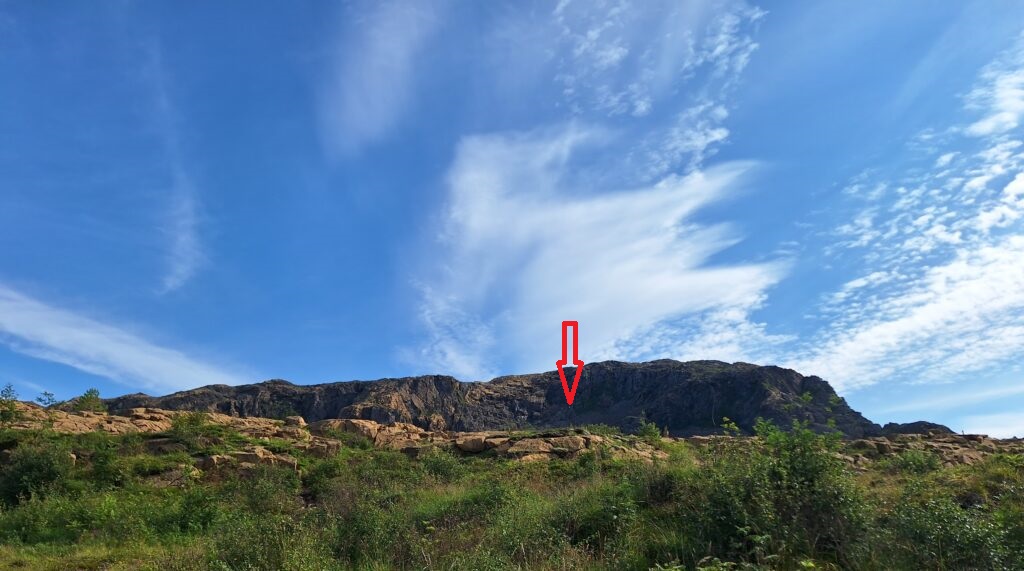
Leka municipality consists exclusively of islands, and there are bathing spots almost everywhere. We had hired a van to use as a tent, and stayed at the ‘bobil camp’. There you can book a place based on your desire for either proximity to water or a view. Not hard to guess what Tobatheornottobathe prefers?
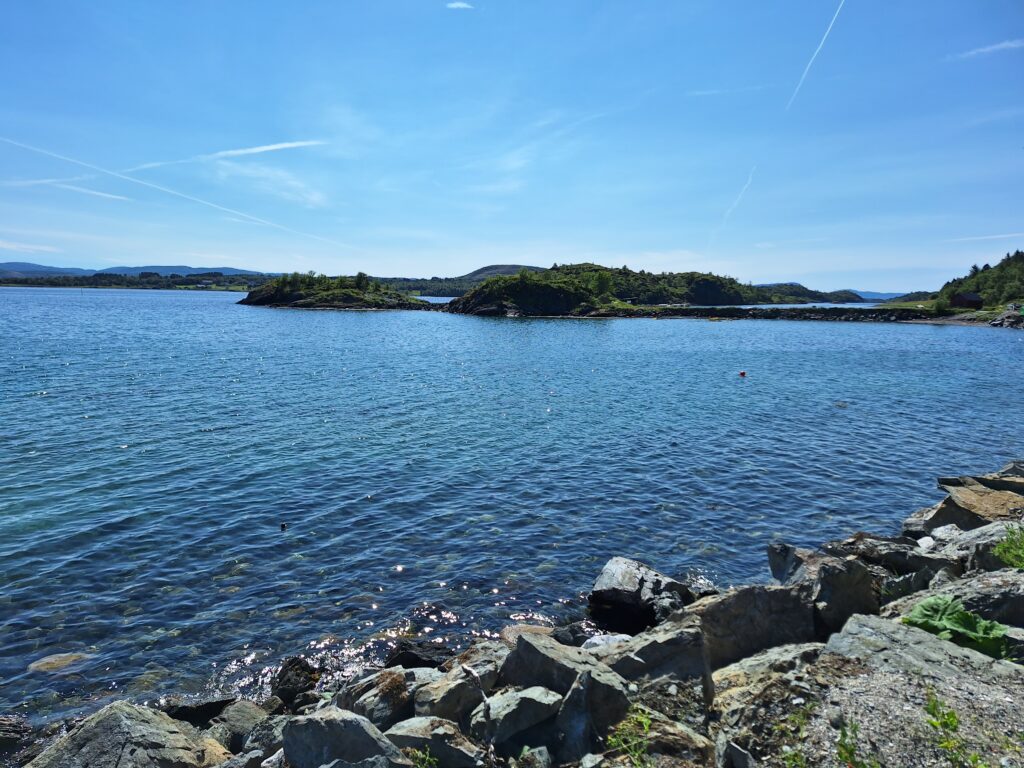
Since parking 5 meters from the sea, there was bathing going on both morning and evening at Leka. A bit tricky to climb down the rocks, but clear water, and the bay was warm and nice to have a swim in. By Sunday morning, however, the weather was windy, and the water suddenly had turned brown. Not disgusting of course, so far out to sea, but not as beautiful as the day before. Things like that happen, but all the baths were nice, because at Leka for sure, a bath is always right!
